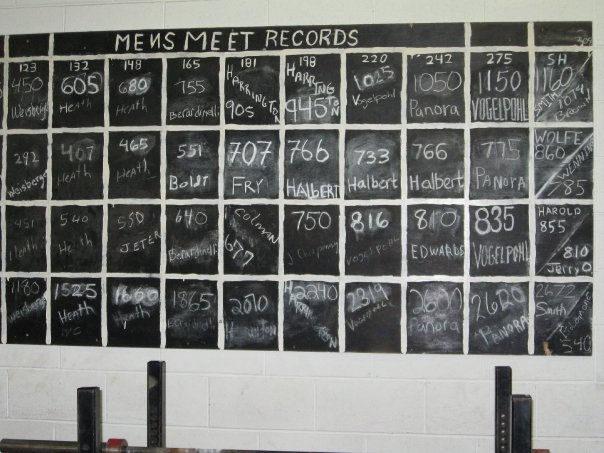Get Your Vert Up
- Dean Hansen
- Nov 18, 2024
- 3 min read
It's been a while since I tested my vert, but with the Jump Mat, it's easy. 29.1 inches, not bad for 39 years old!
If you are an athlete, your vertical jump will tell you a lot about yourself. The standing vertical jump is a great way to measure an athlete's power. In order to have a great vertical you must be strong and able to move fast. It is impossible to jump slowly. Try it. Jump as slow as you can… It probably won’t work too well.
The first factor at play is relative strength. Relative strength is how strong you are relative to your bodyweight. If athlete A squats 450 pounds, but weighs 275, and athlete B, we will call him Johnny, Squats 350, but weighs 175, Johnny would have a higher relative strength. Athlete A would have a higher absolute strength since he moves more total weight. Depending on the sport or position in sport, each has their value, but we will focus on relative strength for this scenario.
Research has shown us that if an athlete can squat 2x their body weight, they are in an optimal spot to be a powerful athlete. By dividing their squat by their body weight, we want to get the number 2. So, athlete B would squat 2x his body weight. For female athletes the number is 1.7x body weight. So, getting Johnny to squat 400 pounds at a bodyweight of 175 will likely lead to diminishing returns. On the other hand, athlete A could benefit from increasing his squat or, again, depending on sport, possibly decreasing his body weight, or both.
Once an athlete hits the 2x bodyweight squat threshold, we can start to focus more on becoming a power athlete by moving some focus away from strength and on to speed and power development. Speed squats, speed deadlifts, and various plyometrics (jumping exercises) are implemented to develop power. We never want to abandon strength because keeping our max strength is imperative to developing and maintaining our power. On the other hand, just because an athlete isn't at the 2x threshold, doesn't mean we won't train some power as well, but the focus will change.
If an athlete's goal is power based (run faster, jump higher, throw harder, etc.) and they only focus on continuing to push maximal strength, once they hit 2x level, I said they will likely have diminishing returns, but why? The heavier the weight is, the slower it moves. By constantly moving maximal weight slowly, you can get much stronger, but the ability to move fast is hindered. By moving lighter weights faster and by doing plyometrics, you increase your rate of force development, which can help you be a more powerful athlete.
While I was at Ohio State and now with in person clients, we test vertical a lot. It would always be one of our baseline tests, and it wasn't out of the ordinary for us to do it weekly when we had smaller groups. Beyond being a way to measure power, vertical jump is also a great indicator of fatigue. One summer with my baseball players, we measured vertical with a jump mat, every Monday. We had 6 weeks leading up to the start of school. The guys showed improvement weeks 1 through 4. Week 5, they all stunk. Most of the guys recorded their lowest number of the summer, and no one hit a best. They were tired. We backed off our training for the week, and on Monday of week 6, almost everyone hit summer and all-time bests. Growth is rarely linear.
In short, if you are an athlete, train to get strong. Once you are strong, train to be powerful. If you have the ability to test your vertical, do it consistently and learn from it. I would never say an athlete is too strong, but an athlete can be strong enough.
Next Week's blog-- In Season Training




Comments